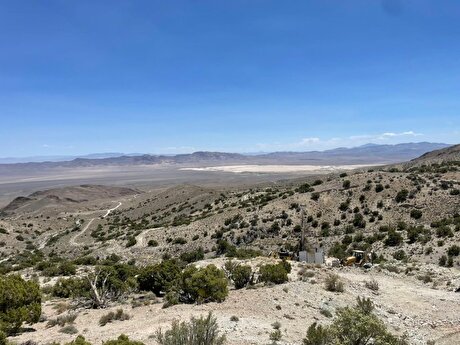
Caspian Oil Swap Underway at Neka

Operations to swap crude oil consignments shipped from Turkmenistan to the port of Neka in northern Iran with deliveries in the Persian Gulf are being carried out via the 32-inch Sari-Rey pipeline, deputy operations manager at Iranian Oil Pipeline and Telecommunications Company said.
"Close to 720,000 barrels have been transferred to Tehran and Tabriz refineries through the pipeline between July 23 and September 9," Shirafkan Qorbani was also quoted as saying by IRNA on Tuesday.
According to Qorbani, large vessels with different capacities are discharging crude in the terminal storage reservoirs in Neka and as soon as the reservoir capacity reaches 360,000 barrels, crude oil is pumped to either Tehran or Tabriz refinery.
Pointing to the newly-launched operation, the official said about 10,000 barrels of crude are transferred from Neka oil terminal per day and plans are in place to raise it to as many as 40,000 barrels a day by the end of December before increasing it to 200,000 barrels per day in the future.
"We are prepared to swap 400,000 barrels of crude per day, yet it can increase up to 500,000 barrels a day. Iran is ready to ramp up its oil swap capacity after receiving the first batch of crude oil from Turkmenistan in seven years last month," he said.
Referring to a pipeline that connects the northern city of Sari in Mazandaran Province to Rey in southern Tehran, Qorbani noted that due to the long halt in oil swap operations from Neka, the line had remained idle for seven years, but the rehabilitation of oil installations to accelerate the operation is high on the agenda.
Swap Activities
Iran resumed oil swap in August after Russian-flagged VF Tanker-20 discharged around 7 million liters of Turkmen-origin crude oil at the port of Neka.
Oil and gas company Dragon Oil, owned by Dubai-based Emirates National Oil Company, shipped an oil cargo from Turkmenistan to Neka Port in northern Iran on August 3 for swapping through the Persian Gulf, marking the first such operation by Iran since 2010.
Dragon used to ship the crude it produces from offshore development in Turkmenistan to Neka and receive crude produced by Iran at Kharg Island in the Persian Gulf.
According to port officials, Neka can store 250 million liters of oil and derivatives, but lower than 10% of that capacity are currently in use. Oil experts, including Parviz Memarian, the manager of pipelines in Iranian Oil Pipeline and Telecommunications Company, believe that swap operations can be an important source of revenue, as the northern neighbors with abundant hydrocarbon resources need access to the sea in the south.
Pointing to access to expansive equipment and pipelines in the country, Iran's Oil Minister Bijan Namdar Zanganeh has made it clear that Iran is willing to expand oil and gas swapping with Caspian Sea littoral states.

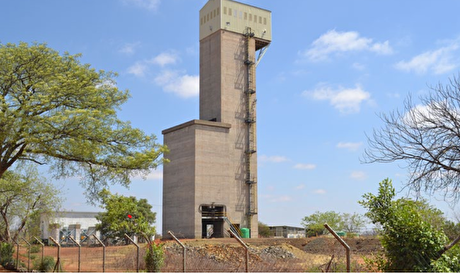
NexMetals receives EXIM letter for potential $150M loan
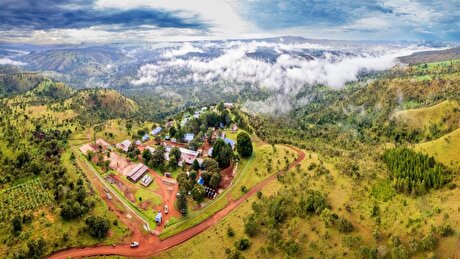
Lifezone Metals buys BHP’s stake in Kabanga, estimates $1.6B project value

China quietly issues 2025 rare earth quotas
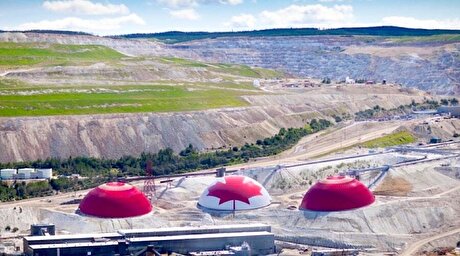
Teck approves $2.4B expansion of Highland Valley Copper
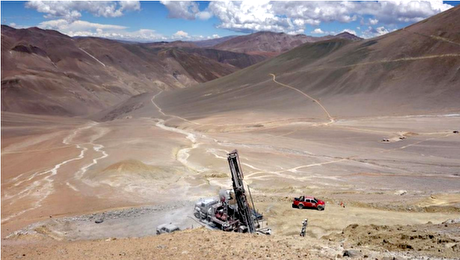
BHP, Lundin JV extends useful life of Argentina copper mine

Gold price eases after Trump downplays clash with Fed chair Powell

BHP delays Jansen potash mine, blows budget by 30%
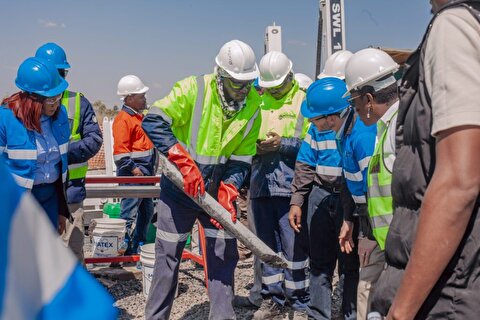
KoBold signs Congo deal to boost US mineral supply
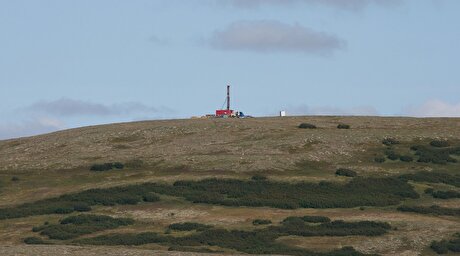
Northern Dynasty extends losses as it seeks court resolution on Pebble project veto

Gold price could hit $4,000 by year-end, says Fidelity
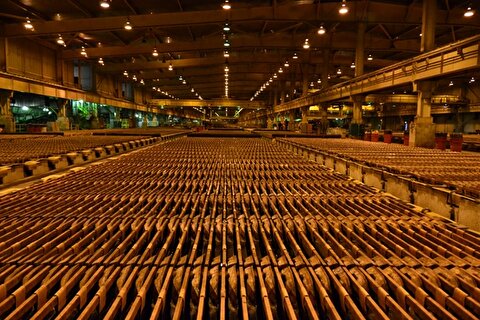
Southern Copper expects turmoil from US-China trade war to hit copper

Ramaco Resources secures five year permit for Brook rare earth mine in Wyoming
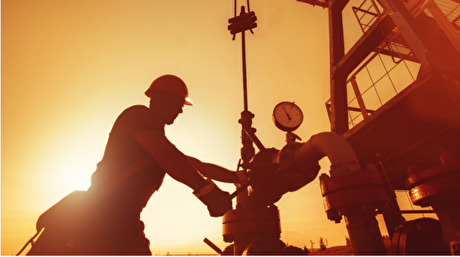
Column: EU’s pledge for $250 billion of US energy imports is delusional
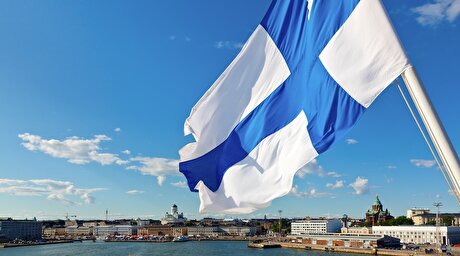
Finland reclaims mining crown as Canada loses ground

Gold price down 1% on strong US economic data
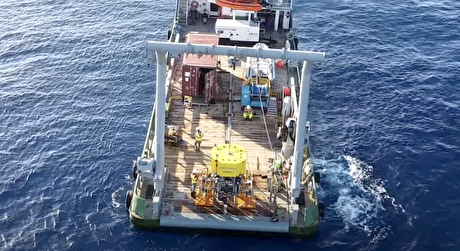
Trump’s deep-sea mining push defies treaties, stirs alarm
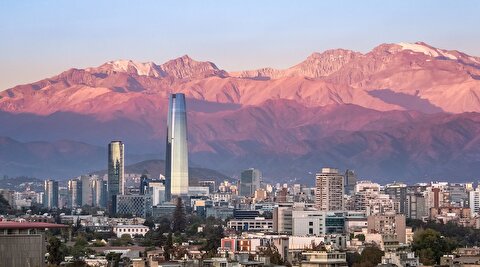
Chile’s 2025 vote puts mining sector’s future on the line

Gold price retreats to near 3-week low on US-EU trade deal

China’s lithium markets gripped by possible supply disruptions

Gold price could hit $4,000 by year-end, says Fidelity

Southern Copper expects turmoil from US-China trade war to hit copper

Ramaco Resources secures five year permit for Brook rare earth mine in Wyoming

Column: EU’s pledge for $250 billion of US energy imports is delusional

Gold price down 1% on strong US economic data

Trump’s deep-sea mining push defies treaties, stirs alarm

Chile’s 2025 vote puts mining sector’s future on the line

Gold price retreats to near 3-week low on US-EU trade deal

China’s lithium markets gripped by possible supply disruptions
